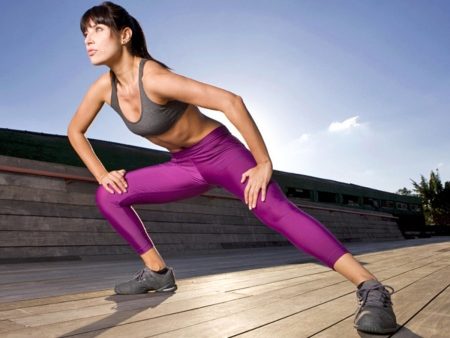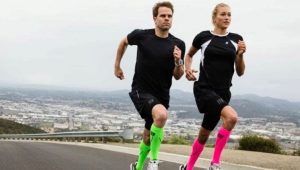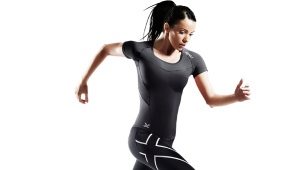Compression socks are an excellent prevention of varicose veins!

Recently, more and more often you can hear the name compression socks. What is it? What are compression socks? What are their advantages? Who needs them?
Compression socks (knee socks, stockings) - appeared relatively recently. The main task of such socks is to prevent vein diseases (edema, thrombosis and inflammation of the veins). In fact, compression socks perform the same functions as an elastic bandage. However, socks are more practical and functional to use.
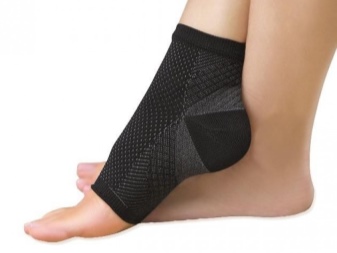
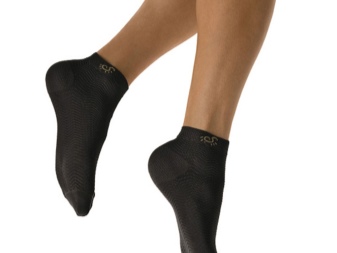
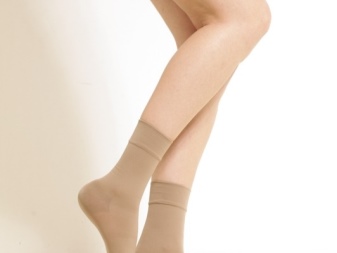
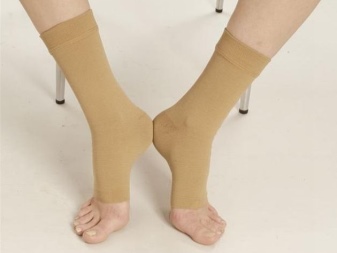
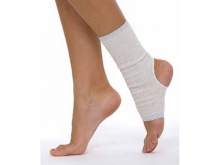
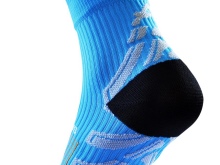

Features and Benefits
Compression socks are recommended for people who suffer from varicose veins. Due to the compression effect, the blood circulation process is significantly improved, the walls of the vessels have a so-called support, which prevents the deformation of the veins. Compression-type socks are also important for the prevention of various vascular diseases. They fit the leg as tightly as possible, thereby reducing the effect of pressure and the effect of blood on the veins, as a result of which stagnation of blood is prevented and the feeling of heaviness in the legs is removed.
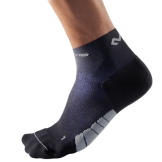
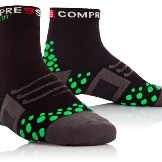
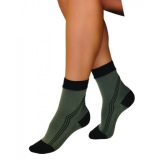

Previously, compression-type socks were recommended only for pilots and people with diabetes. In the future, such socks began to be in high demand among athletes, especially, athletes and marathon runners.Today, compression socks are effectively used for the prevention and treatment of various diseases associated with leg veins.
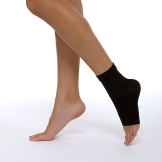
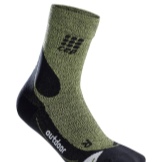
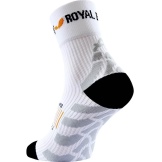
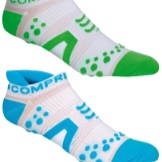
Unlike elastic bandages, compression socks not only have a more presentable appearance, but also have a beneficial effect on the blood flow system of the legs. The advantage of such socks is that they do not have a situational pressure effect, compression socks evenly squeeze the veins, which has a better effect on the condition of a person's veins.


Compression classes
There are several classes of compression socks. Depending on the stage of the disease, the appropriate compression class is selected:
- preventive direction;
- medical, 1st stage;
- medical, 2nd stage;
- medical, 3rd stage;
- therapeutic, superstrong stage.
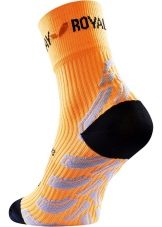
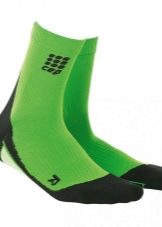
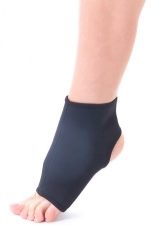
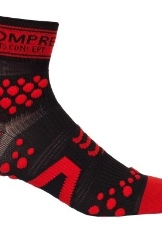
Indications and contraindications
Compression-type underwear is recommended for use by those people who have various kinds of venous diseases. Also, compression socks are often prescribed by specialists for preventive purposes.
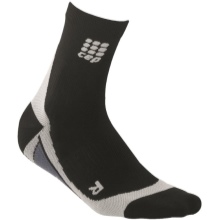
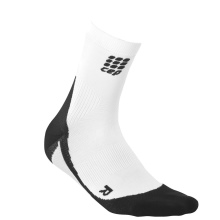

Who is recommended to wear compression underwear? The risk group with a high probability of developing vein diseases and problems with blood vessels includes:
- pregnant women;
- people with a tendency to swelling of the lower extremities;
- people with a hereditary predisposition to varicose veins;
- athletes;
- people who lead an inactive and sedentary lifestyle;
- overweight and unhealthy people.

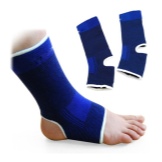
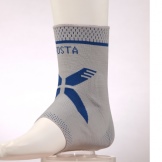
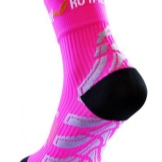
If we talk about diseases in which the use of compression underwear is recommended, we should note such ailments as varicose veins, eczema of the veins, lymphostasis, post-thrombophlebitic syndrome, swelling of the legs, pain of a spasmodic nature in the calves of the legs, a feeling of heaviness in the lower extremities, as well as in prophylactic purposes in the postoperative period (in particular, after surgery on the legs).
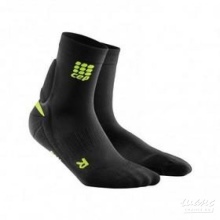
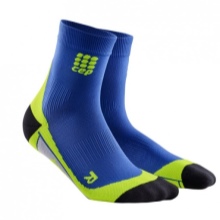

However, not everyone can wear compression stockings. It is for this reason that self-medication is not the best option, so as not to harm your own health. If necessary, you should seek the advice of a phlebologist who will determine the need to use compression clothing.
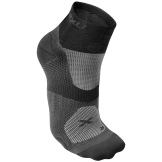

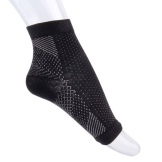
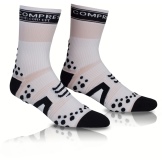
Compression socks are contraindicated in the following diseases:
- atherosclerosis;
- diabetes;
- aortoarteitis;
- osteoarthritis;
- cardiopulmonary insufficiency;
- in the presence of dermatitis or eczema on the lower extremities.

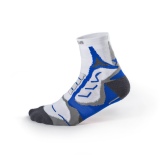
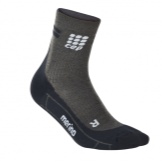
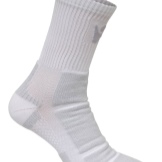
Also, with caution, compression-type socks should be used for open wounds on the legs, sensitive and susceptible skin, inflammation of the veins of a septic nature, acute thrombophlebitis, etc.
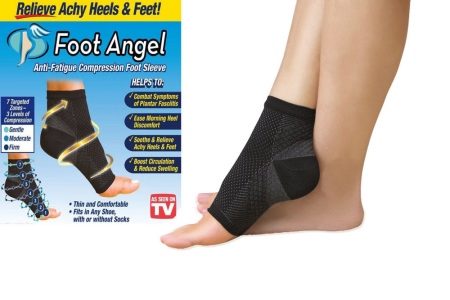
Varieties
Compression socks are able to provide a high level of comfort while wearing. They do not restrict a person in movement at all. It is important that the socks are made from high quality materials that allow for high air circulation. Almost all compression underwear is waterproof.
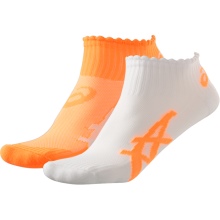
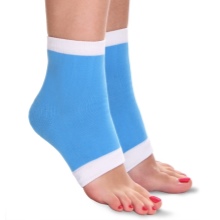
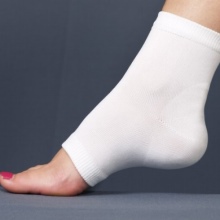
There are several basic types of compression socks: regular, open heel or open toe. All of them can be classified into three types:
- preventive;
- medical;
- sports.
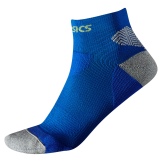
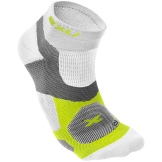

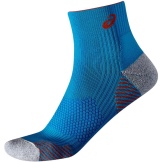
Sports underwear is quite popular. There are socks for running, socks for sports, socks for lovers of tourism and travel. Tight-fitting legwear improves blood circulation in the lower extremities and significantly reduces the production of lactic acid. Therefore, compression socks are in high demand among ultramarathon runners.
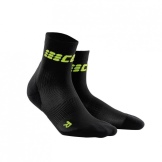

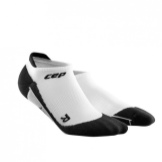
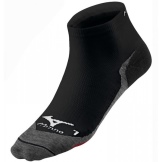
Due to the effect of compression, socks significantly increase the efficiency and activity of a person, while reducing the possibility of injury and increasing the rate of recovery of the body after training.
How to choose
As soon as the need arises to purchase compression stockings, most people try to choose the appropriate pair of socks, stockings or stockings for themselves. Particularly much attention is paid to the class character of compression. However, not every person is able to independently correctly determine the choice of the necessary stage of compression. In order to avoid any mistakes, it is recommended to seek help from the relevant specialists - phlebologists.
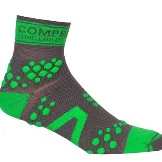
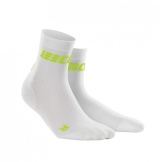
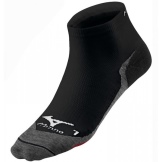
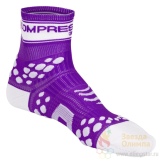
In addition to the compression class, there are a number of other factors that you should pay attention to when choosing underwear. For example, socks made of mixed breathable materials are considered ideal options: wool, polyester, nylon, spandex and lycra.

How to wear
It is important to follow the recommendations regarding the correct wearing of compression underwear. Phlebologists advise putting on compression socks (knee socks or stockings) immediately after waking up and wearing them for the next hours, until sleep. The linen is removed just before going to bed.However, there are times when wearing compression-type socks is necessary all 24 hours a day.
